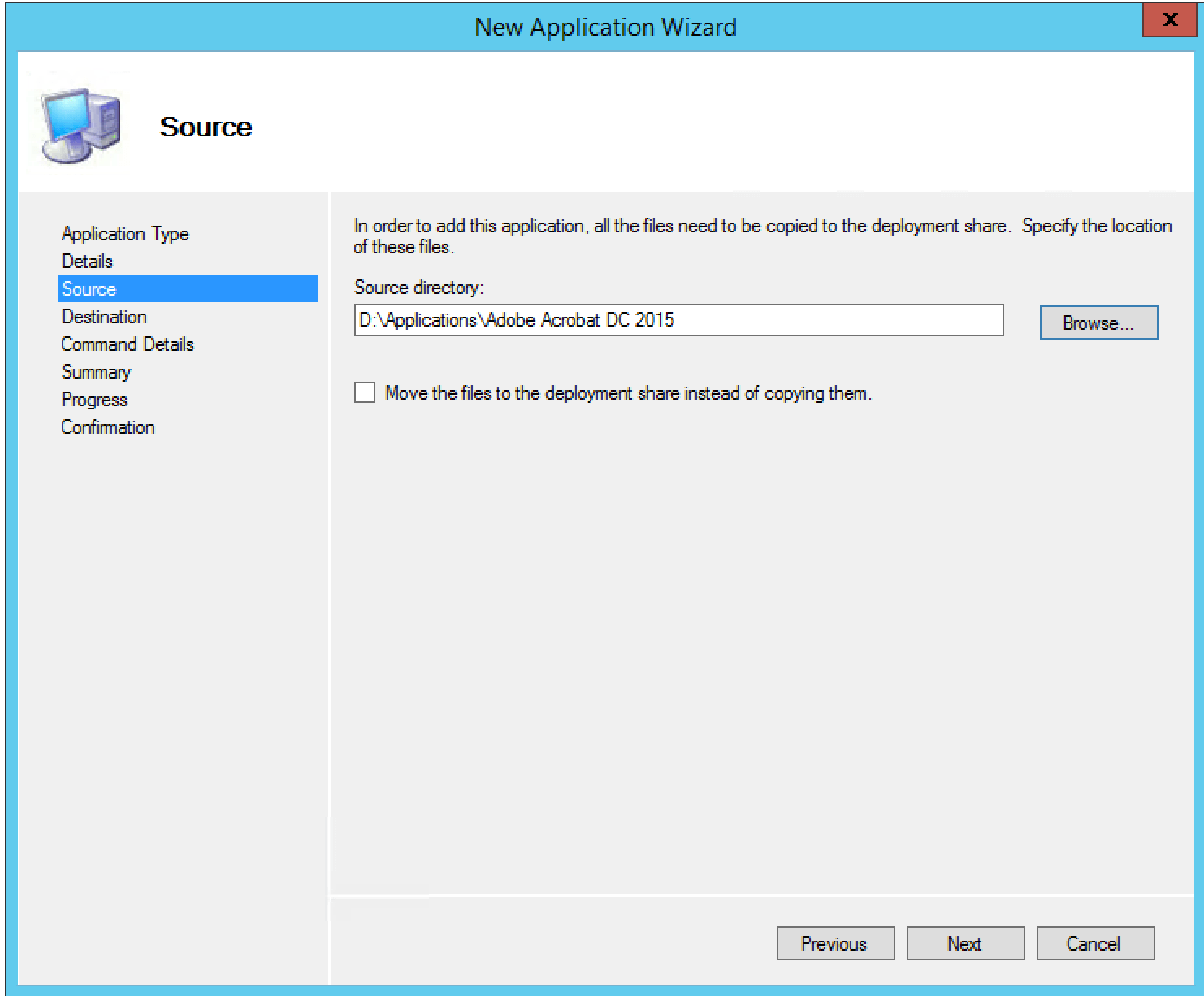

- #How to open adobe reader from command line install#
- #How to open adobe reader from command line download#
$ sudo gdebi AdbeRdr9.5.5-1_i386linux_enu.deb
#How to open adobe reader from command line install#
Using gdebi: $ sudo apt-get install gdebi Using dpkg and apt-get: $ sudo dpkg -i AdbeRdr9.5.5-1_i386linux_enu.deb Alternatively, using the second method, gdebi will automatically resolve the dependencies. This would seem to be a hack, but it basically gets apt to do the heavy lifting for us and install/fix any missing or broken packages with relatively little fuss. If you pick the first option, it will require you to tell apt-get to fix any broken installed packages. Now attempt to install Adobe Reader with either dpkg and apt-get OR gdebi. deb packages.įirst we need to add the 32-bit architecture to our system (multiarch), then update. Adobe only provides Reader as a 32-bit binary, there is no 64-bit variant, but this is perfectly fine, we just need to install it a bit differently than most. The file we just downloaded is the 32-bit version of Adobe Reader. I typically do this using wget like so: $ wget Īfter doing this we should have the file, AdbeRdr9.5.5-1_i386linux_enu.deb.
#How to open adobe reader from command line download#
I'm not 100% on this particular point, but no matter, we press on.įrom here we can download the. Apparently they only offer the package in this language. This denotes that we're downloading the English version of the tool. This will take us to another page with the link, "enu". For this example we'll be downloading 9.5.5, so we select that link. If you go to the 2nd URL above you'll get to a page that looks like this:įrom this page you can select whatever happens to be the latest version of Reader at the time you're attempting to do this.


 0 kommentar(er)
0 kommentar(er)
